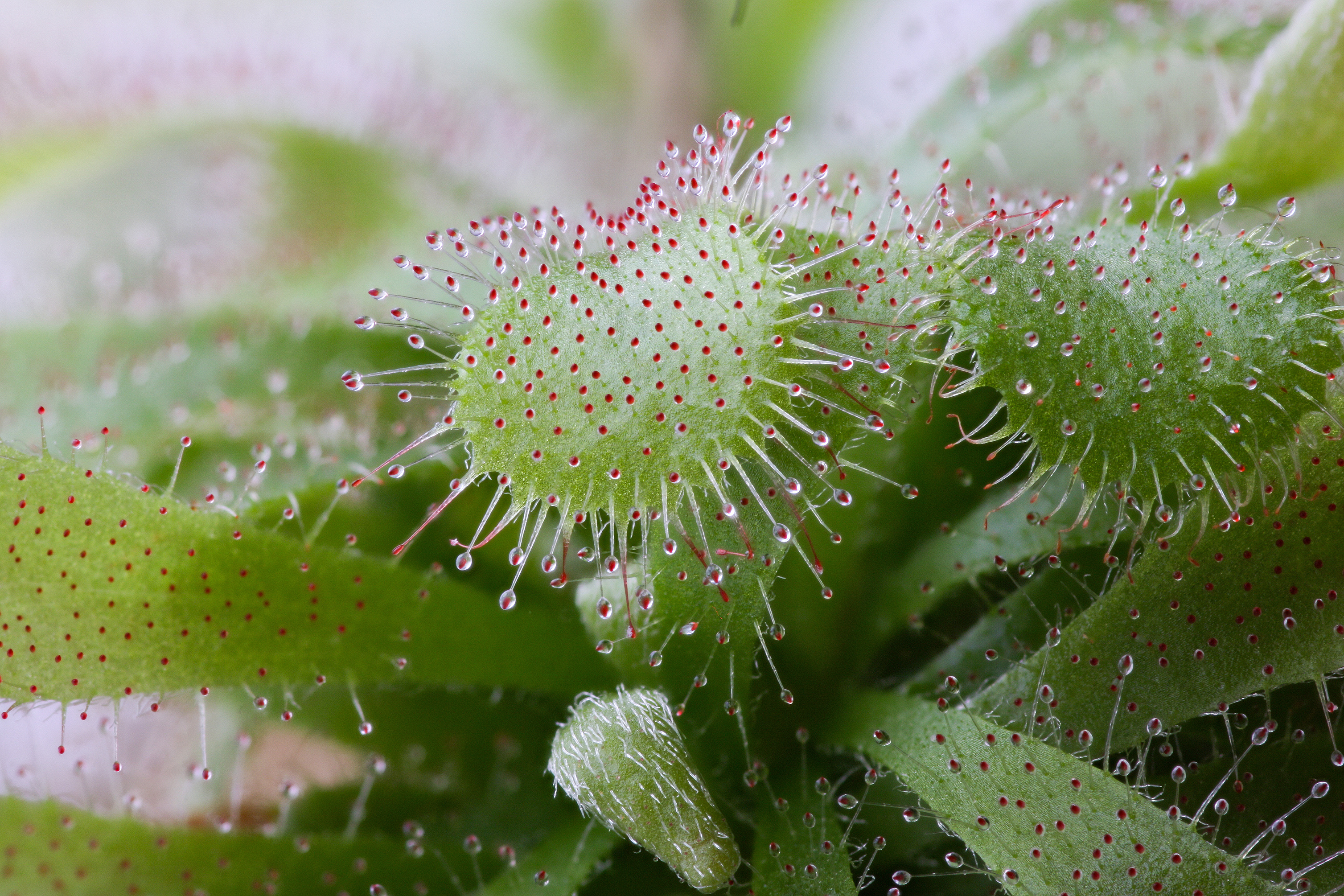How to fertilize carnivorous plants
Most carnivorous plants are very sensitive to even the smallest amounts of nutrients, salts and minerals in the soil and water. You can therefore not fertilize them in the same manner as other plants. Doing this will unfortunately often lead to them dying rather fast. Even if they’re good at handling long periods with no nutrients, they too need them in order to grow well in the long run. The difference is how you feed them and what you use to feed them.

Fertilizing methods
Small bugs - some carnivorous plants manage to catch fungus gnats or even fruit flies on their own, like butterworts and sundews. Others can be manually fed in their traps, or pitchers. You may want to use a pair of tweezers to place the bug in the traps. This is suitable for: Any carnivorous plant
Fish Flakes & Freeze-dried Bloodworms - are versatile and can be used whole to feed plants that make larger traps, or finely crushed into a powder to feed butterworts and sundews. One method of feeding them the finer powder is to use a small paint brush and dust the traps lightly. Bigger pieces can be placed in the traps using tweezers. This is suitable for: Any carnivorous plant
All Purpose Liquid fertilizer - yes you can actually use diluted liquid fertilizer to feed your carnivorous plants, but be aware that it can’t get into the soil. This works best on pitcher plants and adding just a small amount of diluted fertilizer in a trap is enough. We suggest using a pipette or a small baster to drop just a small amount in the pitcher. You can use the dilution recommended on the product for regular plants. Best used for: Pitcher plants
Information about fertilizing carnivorous plants
Since they’re rather good at growing for a longer time without the addition of food in their traps, and since there’s a risk they also can get over fed, we suggest just feeding a little each time. For plants like venus fly traps, sundews and butterworts the fed leaves might get a little damaged even if the plant benefits from the addition of nutrients. This is normal. We therefore recommend not feeding more than one or a couple of leaves each time. It’s better to let the plant get too little food that it manages to absorb the coming days, than letting excess food be left in the trap and grow moldy.
For carnivorous plants grown outdoors in the summer
They’re often very good at catching insects by themselves. You don’t have to feed them in that case.
If your plant doesn't have traps
It's common for many carnivorous plants to lose some or all of the traps certain times of the year, or if moved to a new spot with new growing conditions. There's no big harm in waiting for new traps to form on the plant before starting to feed it again.